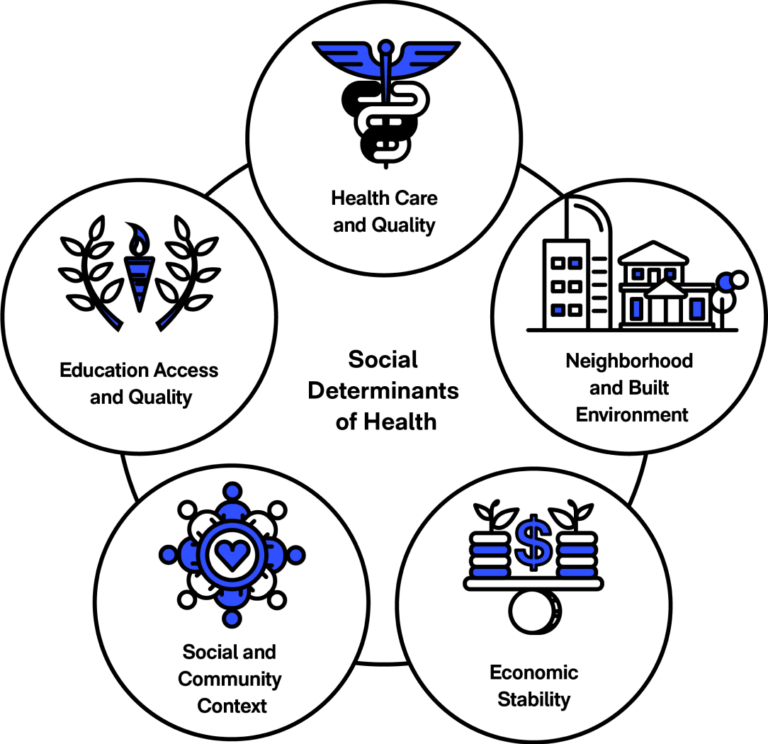Building a platform that combines layers of disparate data is a highly complex process and requires a sound understanding of user needs and the necessary functionality. To provide more clarity around our approach, we walked our clients through each step of our process.
Alignment workshop
An alignment workshop brings stakeholders together to align on product vision, user profiles, and priorities for building the product ecosystem.
Competitive analysis
Our product team reviewed our client’s existing research. We then expanded the analysis to competitive and partnership markets.
Build, buy, or partner
Through a landscape analysis of mapping and data visualization tools, we compiled a Good, Better, Best model to finalize direction on an MVP, and from there made a buy-vs-build recommendation based on budget, features, and user needs.
Solution architecture
From our research analysis, we also developed a comprehensive solution architecture document that would serve as our product roadmap to translate the scope and product needs with our client’s internal technical team.
Wireframes, design, and prototype
Because of the complexity of the platform, we applied an agile approach to design, beginning with wireframes. By applying digital design best practices and working through the user journey, we created prototypes for the end-product, including functionality, look and feel, user experience, and integrations.









